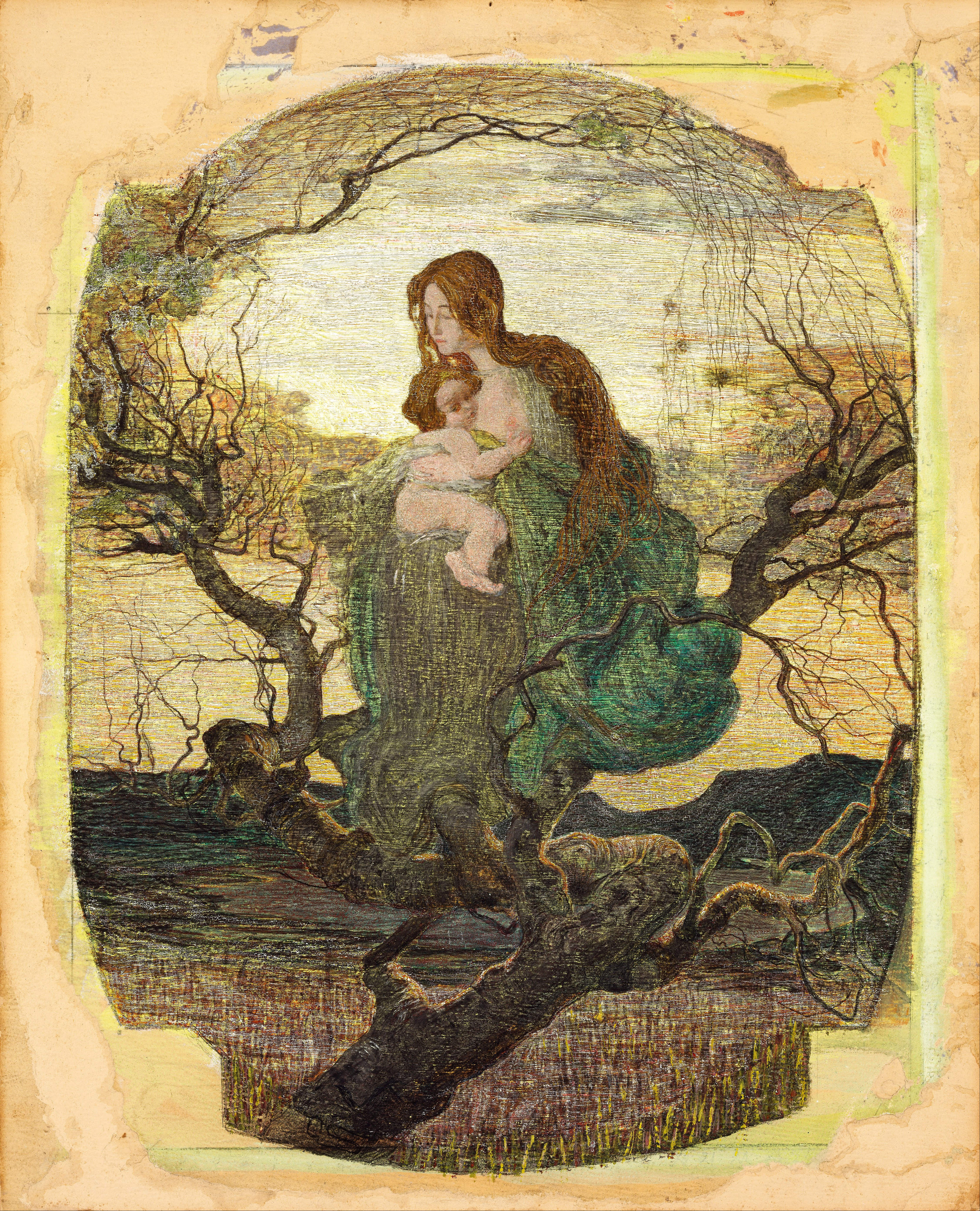Mosaic gold on:
[Wikipedia]
[Google]
[Amazon]
 Mosaic gold or bronze powder refers to
Mosaic gold or bronze powder refers to
/ref> however, it is no longer recommended for any medical uses.
 Mosaic gold or bronze powder refers to
Mosaic gold or bronze powder refers to tin(IV) sulfide
Tin(IV) sulfide is a compound with the formula . The compound crystallizes in the cadmium iodide motif, with the Sn(IV) situated in "octahedral holes' defined by six sulfide centers. It occurs naturally as the rare mineral berndtite. It is useful ...
as used as a pigment in bronzing and gilding
Gilding is a decorative technique for applying a very thin coating of gold over solid surfaces such as metal (most common), wood, porcelain, or stone. A gilded object is also described as "gilt". Where metal is gilded, the metal below was tradi ...
wood and metal work. It is obtained as a yellow scaly crystalline powder. The alchemist
Alchemy (from Arabic: ''al-kīmiyā''; from Ancient Greek: χυμεία, ''khumeía'') is an ancient branch of natural philosophy, a philosophical and protoscientific tradition that was historically practiced in China, India, the Muslim ...
s referred to it as aurum musivum, or aurum mosaicum. The term mosaic gold has also been used to refer to ormolu
Ormolu (; from French ''or moulu'', "ground/pounded gold") is the gilding technique of applying finely ground, high-carat gold– mercury amalgam to an object of bronze, and for objects finished in this way. The mercury is driven off in a kiln le ...
and to cut shapes of gold leaf
Gold leaf is gold that has been hammered into thin sheets (usually around 0.1 µm thick) by goldbeating and is often used for gilding. Gold leaf is available in a wide variety of karats and shades. The most commonly used gold is 22-kara ...
, some darkened for contrast, arranged as a mosaic
A mosaic is a pattern or image made of small regular or irregular pieces of colored stone, glass or ceramic, held in place by plaster/mortar, and covering a surface. Mosaics are often used as floor and wall decoration, and were particularly pop ...
. The term bronze powder may also refer to powdered bronze
Bronze is an alloy consisting primarily of copper, commonly with about 12–12.5% tin and often with the addition of other metals (including aluminium, manganese, nickel, or zinc) and sometimes non-metals, such as phosphorus, or metalloids suc ...
alloy.
Mosaic gold appeared in Europe after the 14th century. Alchemists prepared it by combining mercury, tin, sal ammoniac, and sublimated sulfur
Sulfur (or sulphur in British English) is a chemical element with the symbol S and atomic number 16. It is abundant, multivalent and nonmetallic. Under normal conditions, sulfur atoms form cyclic octatomic molecules with a chemical formul ...
(fleur de soufre), grinding, mixing, then setting them for three hours in a sand heat. The dirty sublimate being taken off, aurum mosaicum was found at the bottom of the matrass.
In the past it was used for medical purposes in most chronic and nervous ailments, and particularly convulsion
A convulsion is a medical condition where the body muscles contract and relax rapidly and repeatedly, resulting in uncontrolled shaking. Because epileptic seizures typically include convulsions, the term ''convulsion'' is sometimes used as a ...
s of children;/ref> however, it is no longer recommended for any medical uses.
See also
*List of inorganic pigments
The following list includes commercially or artistically important inorganic pigments of natural and synthetic origin..
Purple pigments
Aluminum pigments
* Ultramarine violet: (PV15) - a synthetic or naturally occurring sulfur containing silic ...
References
{{reflist , 30em Inorganic pigments Visual arts materials Alchemical substances Tin(IV) compounds Powders Sulfides